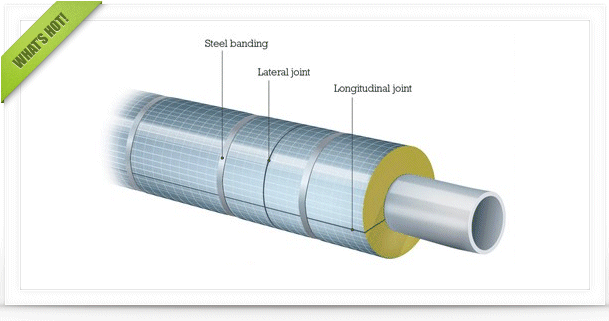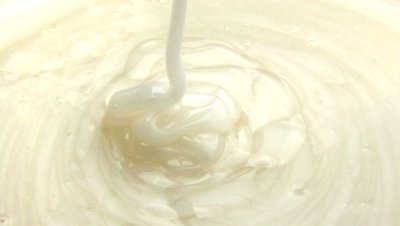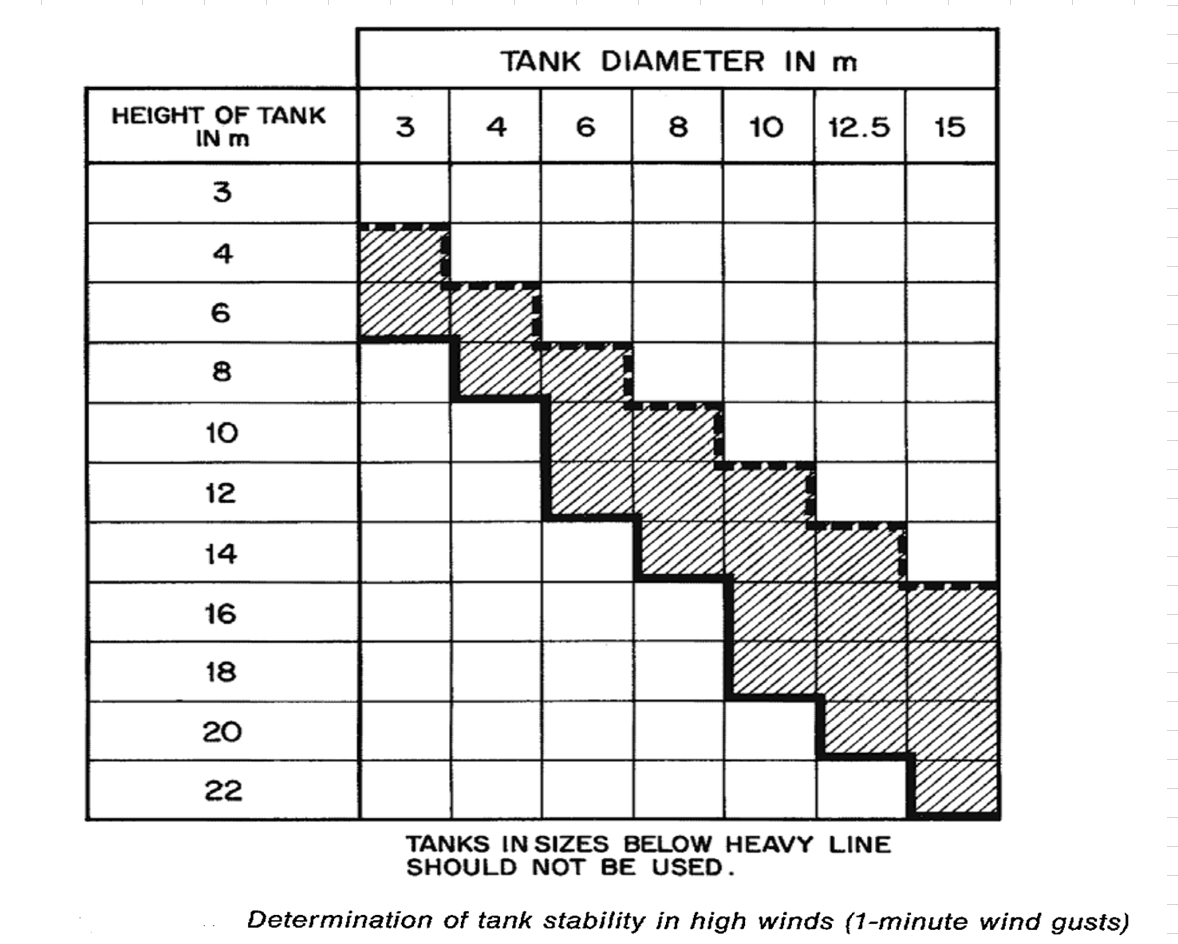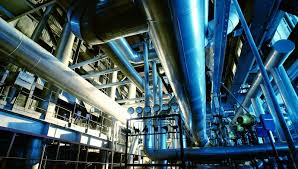A temperature cross is possible in a counter-current or a multi-pass heat exchanger as it has a counter current section. It is not possible in a co-current heat exchanger.
Lets take an example of a heat exchanger. Ideally one would prefer to have a counter current one pass design as it gives the maximum MTD. But because of multiple constraints it is often necessary to have a multipass design. Let us consider a 2 pass design.
One option here would be to have the first pass as counter-current and second co-current. In this scenario a temperature cross will mean that in the second pass, there would be reverse heat transfer for the fluid to end up hotter than the hot fluid outlet. The reverse heat transfer is compensated by the high MTD in the first pass, when we compare this to the reverse - co and counter arrangement.
The second option would be to have the reverse, first pass as co current and second as counter current. Here, there will not be a reverse heat transfer, but one would end up with the same MTD as approach 1 as the MTD is lower than the first approach (counter- co ) in Pass one and better than it in Pass-two.
Making a graph of Temperature vs length and plotting both shell side and tube side temperature for the two approaches would help in the understanding.
You can validate this using any heat transfer software such as HTRI Xist, which allows you to quickly change the configuration and make relevant plots.
What it a temperature cross does signify is that MTD takes a sharp dip as the temperature cross increases and hence the area requirement increases for a design case.
This is where having exchangers in series helps. Theoretically, having infinite number of exchangers where the overall fluid flow is countercurrent but inside each is a co-counter mixed is as good as an overall countercurrent design, thus even having 2 shells in series is better than one shell in terms of MTD.

 FB
FB












